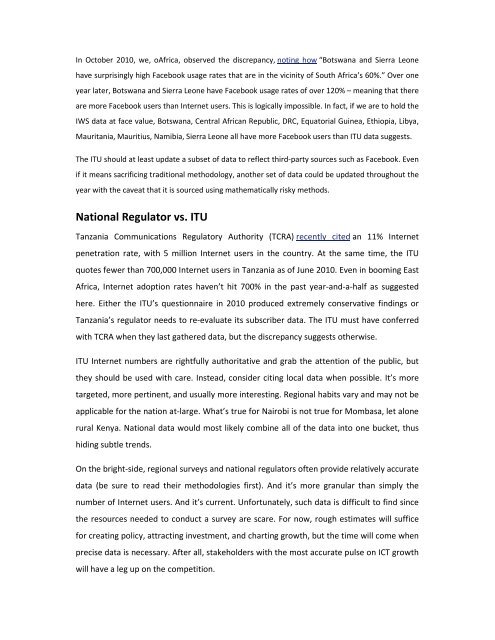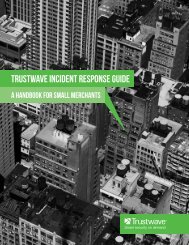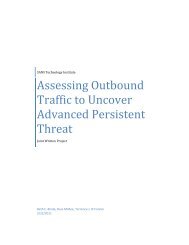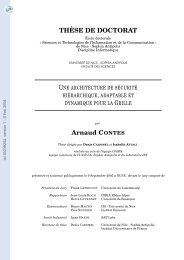gT4rH
gT4rH
gT4rH
Create successful ePaper yourself
Turn your PDF publications into a flip-book with our unique Google optimized e-Paper software.
In October 2010, we, oAfrica, observed the discrepancy, noting how “Botswana and Sierra Leone<br />
have surprisingly high Facebook usage rates that are in the vicinity of South Africa’s 60%.” Over one<br />
year later, Botswana and Sierra Leone have Facebook usage rates of over 120% – meaning that there<br />
are more Facebook users than Internet users. This is logically impossible. In fact, if we are to hold the<br />
IWS data at face value, Botswana, Central African Republic, DRC, Equatorial Guinea, Ethiopia, Libya,<br />
Mauritania, Mauritius, Namibia, Sierra Leone all have more Facebook users than ITU data suggests.<br />
The ITU should at least update a subset of data to reflect third-party sources such as Facebook. Even<br />
if it means sacrificing traditional methodology, another set of data could be updated throughout the<br />
year with the caveat that it is sourced using mathematically risky methods.<br />
National Regulator vs. ITU<br />
Tanzania Communications Regulatory Authority (TCRA) recently cited an 11% Internet<br />
penetration rate, with 5 million Internet users in the country. At the same time, the ITU<br />
quotes fewer than 700,000 Internet users in Tanzania as of June 2010. Even in booming East<br />
Africa, Internet adoption rates haven’t hit 700% in the past year-and-a-half as suggested<br />
here. Either the ITU’s questionnaire in 2010 produced extremely conservative findings or<br />
Tanzania’s regulator needs to re-evaluate its subscriber data. The ITU must have conferred<br />
with TCRA when they last gathered data, but the discrepancy suggests otherwise.<br />
ITU Internet numbers are rightfully authoritative and grab the attention of the public, but<br />
they should be used with care. Instead, consider citing local data when possible. It’s more<br />
targeted, more pertinent, and usually more interesting. Regional habits vary and may not be<br />
applicable for the nation at-large. What’s true for Nairobi is not true for Mombasa, let alone<br />
rural Kenya. National data would most likely combine all of the data into one bucket, thus<br />
hiding subtle trends.<br />
On the bright-side, regional surveys and national regulators often provide relatively accurate<br />
data (be sure to read their methodologies first). And it’s more granular than simply the<br />
number of Internet users. And it’s current. Unfortunately, such data is difficult to find since<br />
the resources needed to conduct a survey are scare. For now, rough estimates will suffice<br />
for creating policy, attracting investment, and charting growth, but the time will come when<br />
precise data is necessary. After all, stakeholders with the most accurate pulse on ICT growth<br />
will have a leg up on the competition.










